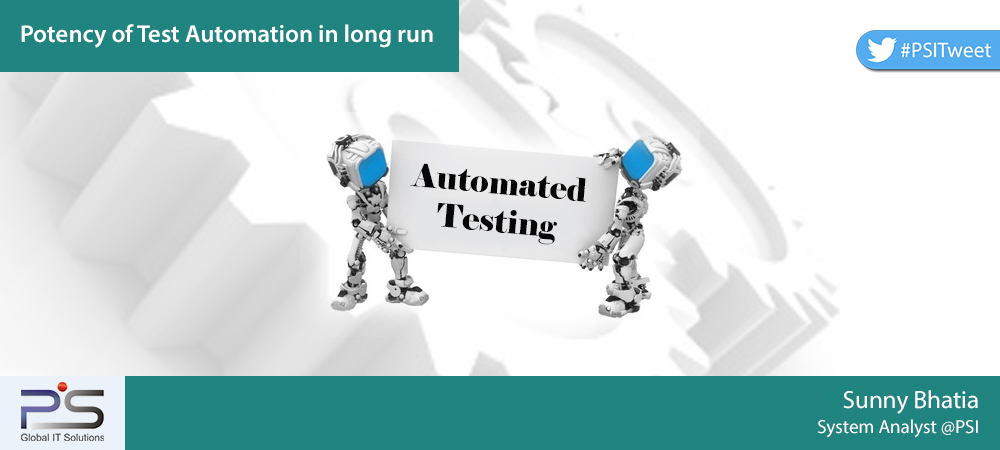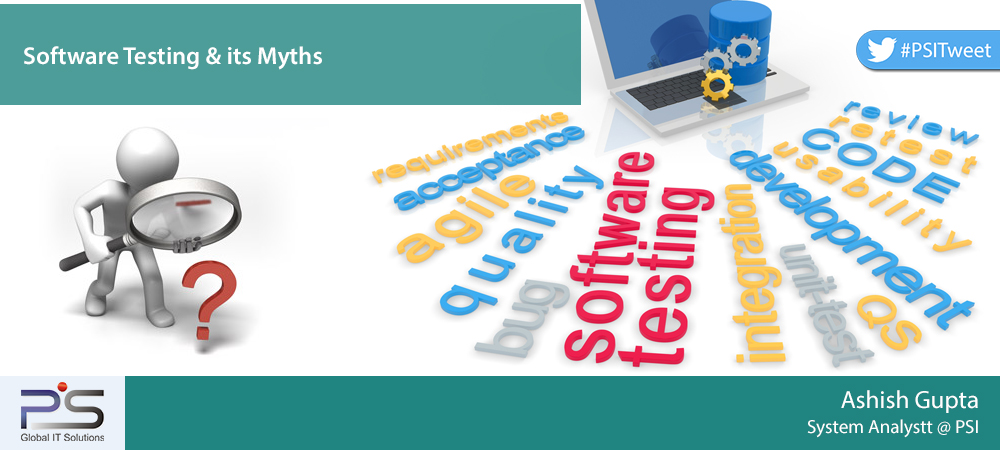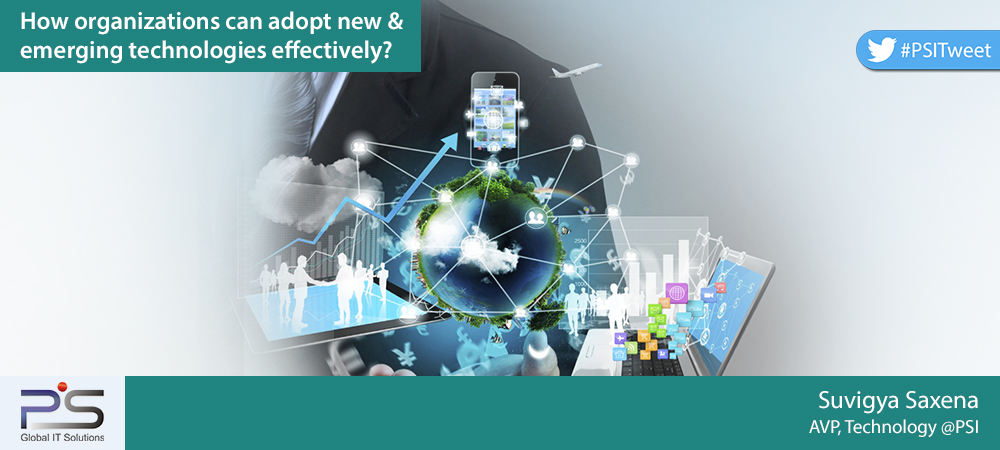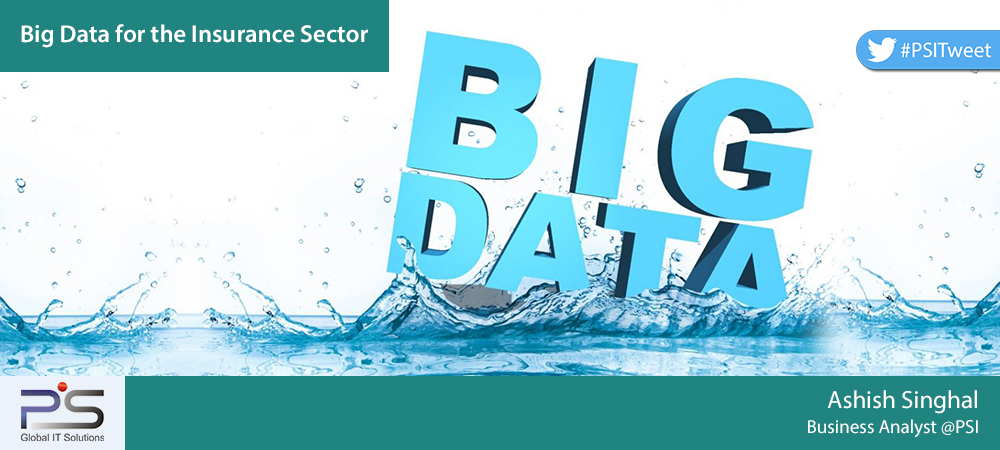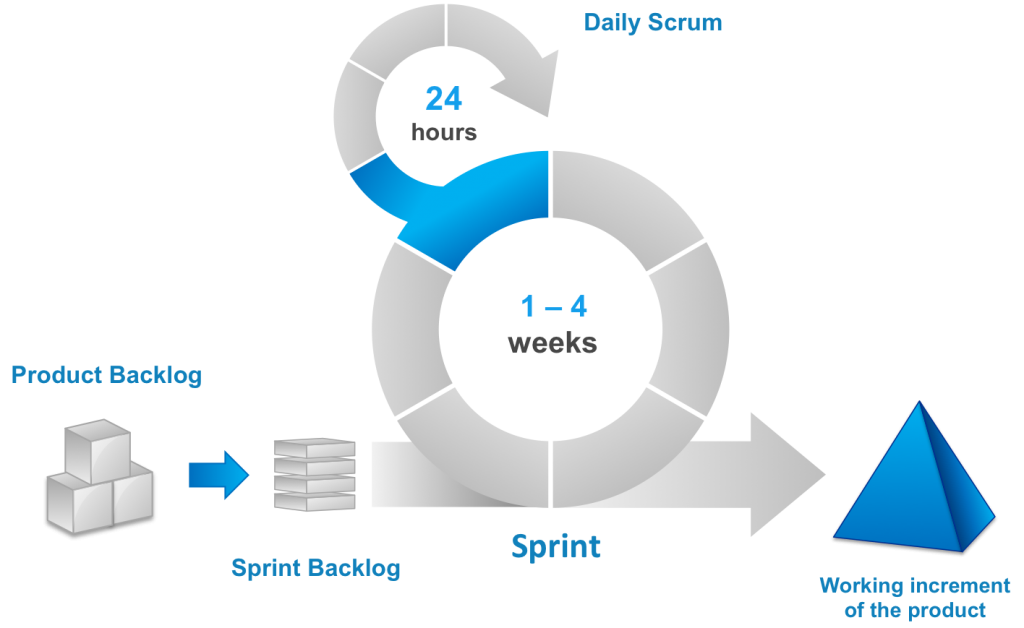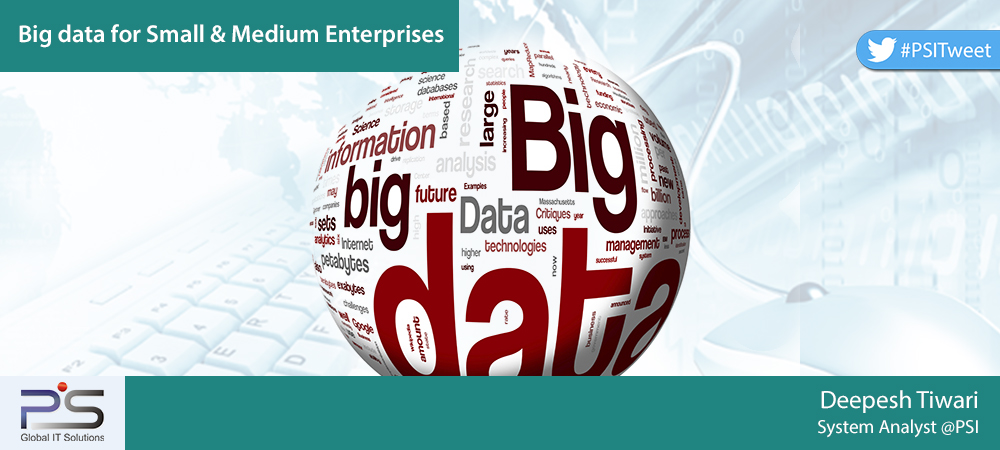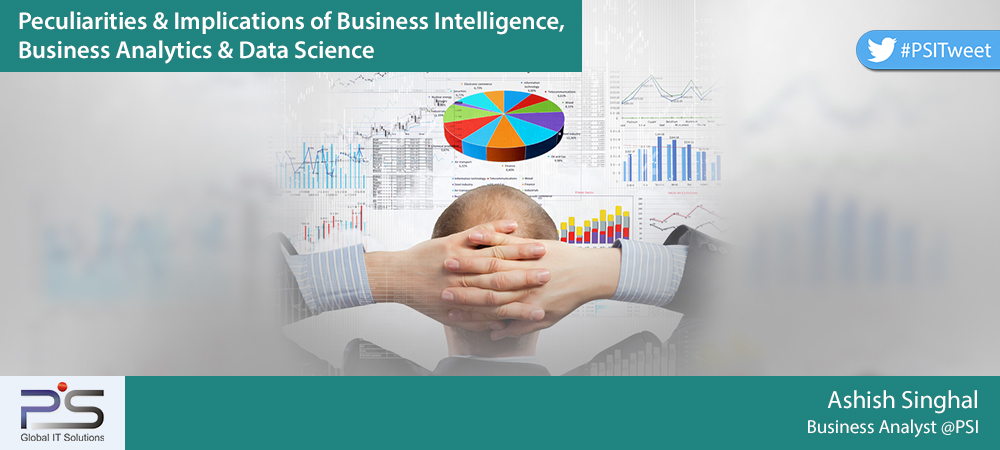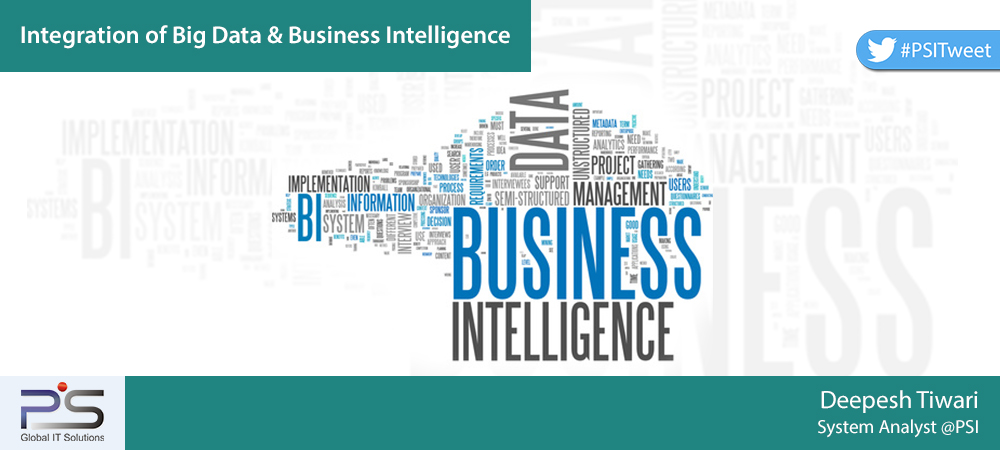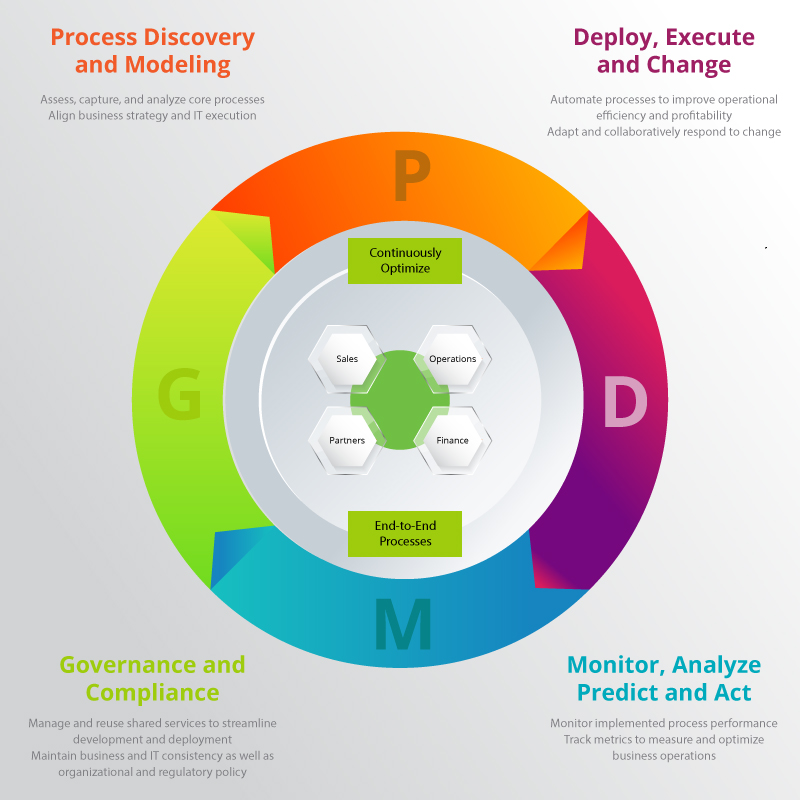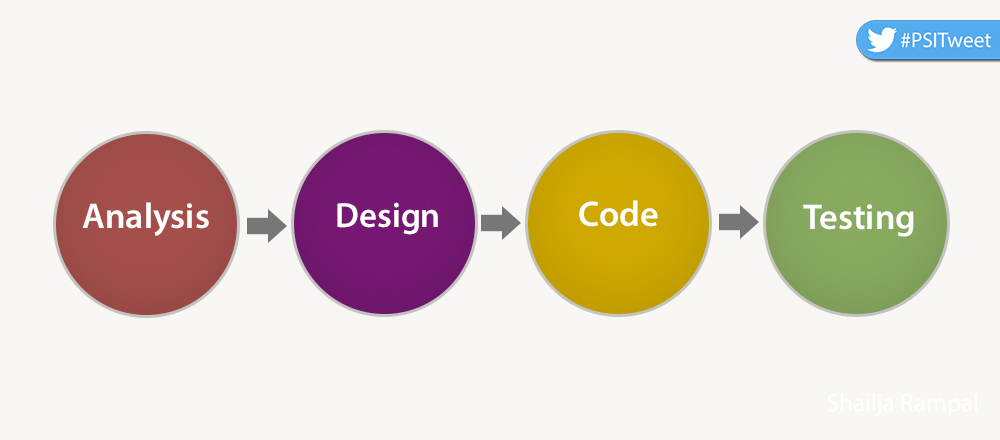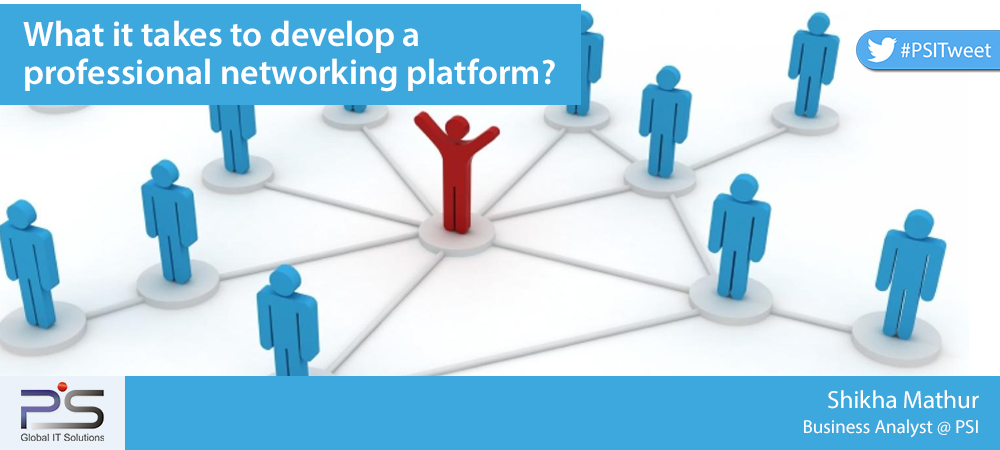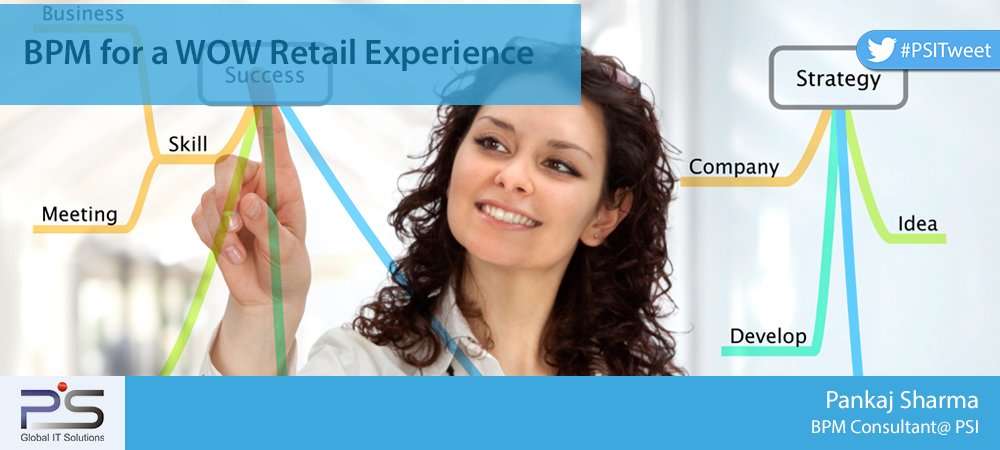Companies design and develop software in order to solve the routine human issues with a potent blend of technology and human intelligence. It is very much essential that the software is tested in order to bring assurance that it works as expected. Moreover, it is that testing is efficient, quick and economical as well.
Category: General
Software Testing & its Myths
As I began putting across my perspective on Software Testing, I found below Quotes quite interesting and relevant to the post:
“Software testers do not make software; they only make them better.”
“Testers don’t break software, software is already broken.”
How organizations can adopt new & emerging technologies effectively?
The technology is evolving at a fast pace, following Moore’s Law of increasing the capacity and speed of the microprocessors every two years. Today customers acknowledge and appreciate companies who stay abreast & upbeat about the latest developments. Innovation is the key growth driver for any organization, which plans to develop itself in today’s world. But they also need to consider the financial aspects i.e. the costs involved in the process.
Big Data for the Insurance Sector
Insurance Sector is expected to double the total premium income in next four years. Indian life insurance market, largest in the world in terms of polices is expected to grow at a pace of 12-15% in the next five years. This generates enormous data about the customers’ behavioural patterns and other aspects of the business. In order to expand and grab a bigger market share the insurers will be required to adopt new methodologies to understand the market dynamics. Big Data analytics can serve the industry requirements of harnessing and harvesting the data available for business decisions.
The Agile Implementation
The basic principle of Scrum is to focus the team iteratively on a set of features to achieve, in fixed- length iterations of one to four weeks, called Sprints. Each Sprint* has a goal, set by the ProductOwner*, who prepares the ProductBacklog* from where features are selected to be implemented in this sprint i.e. a SprintBacklog*. A sprint always leads to the delivery of a functional partial product.
Big data for Small & Medium Enterprises
Business data has existed for ages. It can be scrutinized in the form of handwritten ledgers, account books, customer information forms, customer reference forms, etc. A large amount of this data collected goes unnoticed. Small / Medium sized entrepreneurs believe that Big Data is for big companies, they have nothing to do with it. They feel that implementing Big Data technologies will result in huge financial burdens for the company.
Peculiarities & Implications of Business Intelligence, Business Analytics & Data Science
Business Intelligence & Business Analytics solutions are key to every business today. The implementation and end benefits / inferences could change for all respectively, but its relevance prevails across domains and businesses. These terms are mostly interchangeably used and get mistaken for each other
Integration of Big Data & Business Intelligence
With the emergence & evolution of new technologies, current canvas of data collection and analysis is revolutionizing rapidly. The enormous data collected, data sources, storage and analysis of data all are major concern areas for any organisation. Big Data is changing the way business decisions are made as it exceeds the capacity and capability of conventional storage, reporting and analytics systems.
Key benefits of BPM
Business Process Management (BPM) is a disciplined approach taken by organizationsin order to automate their business processes with an intent of bringing visibility into processes, identifying the process performance, monitor them to seek areas of improvement in processes and also to be able to deploy the changes in quick span of time. By adopting the business process management approach organizations achieve operational excellence in terms of their processes.
The Agile Movement
Software Development Methodology: The very purpose is to “pursue the development of an information system in a very deliberated, structured and methodical way requiring each stage of SDLC (Software Development Life Cycle) to be carried out rigidly and sequentially within the context being applied.”
What it takes to develop a professional networking platform?
Creating an innovative networking platform is like replicating a range of highly interactive sessions amongst focused groups, which would lead to insightful inferences / business decisions with valuable inputs.
BPM for a WOW Retail Experience
he Retail sector may rise and fall, but there is no dearth of opportunity. Universally it is known as a practice of making goods and services available to consumers through different distribution channels. It’s dynamic and needs transformation for a consistently smashing and seamless user experience.

